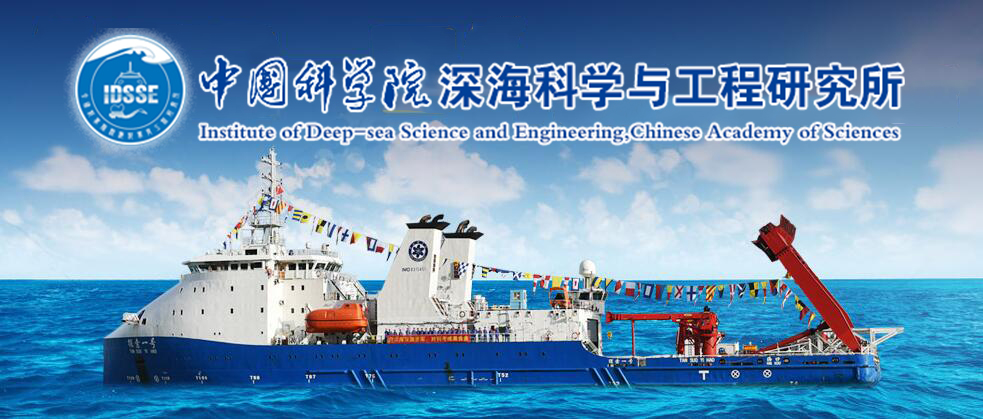
| 论文题目 | Submarine Landslides in the West Continental Slope of the South China Sea and Their Tsunamigenic Potential |
| 论文题目(英文) | Submarine Landslides in the West Continental Slope of the South China Sea and Their Tsunamigenic Potential |
| 作者 | Pan, Xiaoyi;Li, Linlin;Nguyen, Hung Phuong;王大伟;Switzer, Adam D. |
| 发表年度 | 2022-04-06 |
| 卷 | 10 |
| 期 | |
| 页码 | 19 |
| 期刊名称 | FRONTIERS IN EARTH SCIENCE |
| 摘要 | |
| 摘要_英文 |
The 109 meridian fault is located in the west of the South China Sea (SCS) connecting to the offshore Red River Shear Zone. Seismic data from the central Vietnamese shelf indicates that many submarine landslides were developed along the steep continental slope in this offshore region. Here, we analyze the potential for such landslides to trigger damaging tsunamis based on the local geological background and sedimentary environment. We assess their tsunamigenic potential along the coast of Southern Central Vietnam (SCV). We point out that the evolutionary processes of the 109 degrees meridian fault: striking-subsidence of the adjacent basin, combined with the high sediment input from numerous montane rivers of the hinterland generate conditions that likely favor the development of submarine landslides along the well-defined and steep continental slope near SCV. To estimate the impact of tsunami waves on the SCV coastline, we conducted a pilot study using two numerical models: NHWAVE and FUNWAVE-TVD to model 4 representative landslides with volumes ranging between 1.3 and 14 km(3) and water depth of 300-1000 m. The submarine landslides were treated as rigid slump and deformable slide corresponding to two different sedimentary environments. Our results show that the tsunami waves generated by rigid slump can reach up to 20 m height in the landslide source area and similar to 5 m when arriving at the closest coastline. Tsunami waves could arrive at the central Vietnam coast within 30 min in eight scenarios. Our initial results also suggest that seafloor topography, i.e., waveguide effects of ocean ridges, shelf resonance and the potential bay resonance cause significant variability in potential run-up. We note that ocean ridges located in the deep basin of the SCS focus the tsunami energy propagating towards the northwest coast of Luzon Island, Philippines where tsunami wave heights of similar to 2.3 m wave height are modeled. These findings underscore the importance of tsunami hazard assessments that account for both earthquake generated and earthquake triggered tsunamis. Our work also highlights a continued need to examine tsunami sources in the region as mitigation and preparedness for the socio-economically important and heavily populated coastlines of the SCS is reliant on a detailed understanding of the hazard. |

Copyright © 中国科学院深海科学与工程研究所 备案证号:琼ICP备13001552号-1
 琼公网安备 46020102000014号
琼公网安备 46020102000014号
地址: 三亚市鹿回头路28号 邮编:572000 网站维护:深海所办公室 邮箱:office@idsse.ac.cn